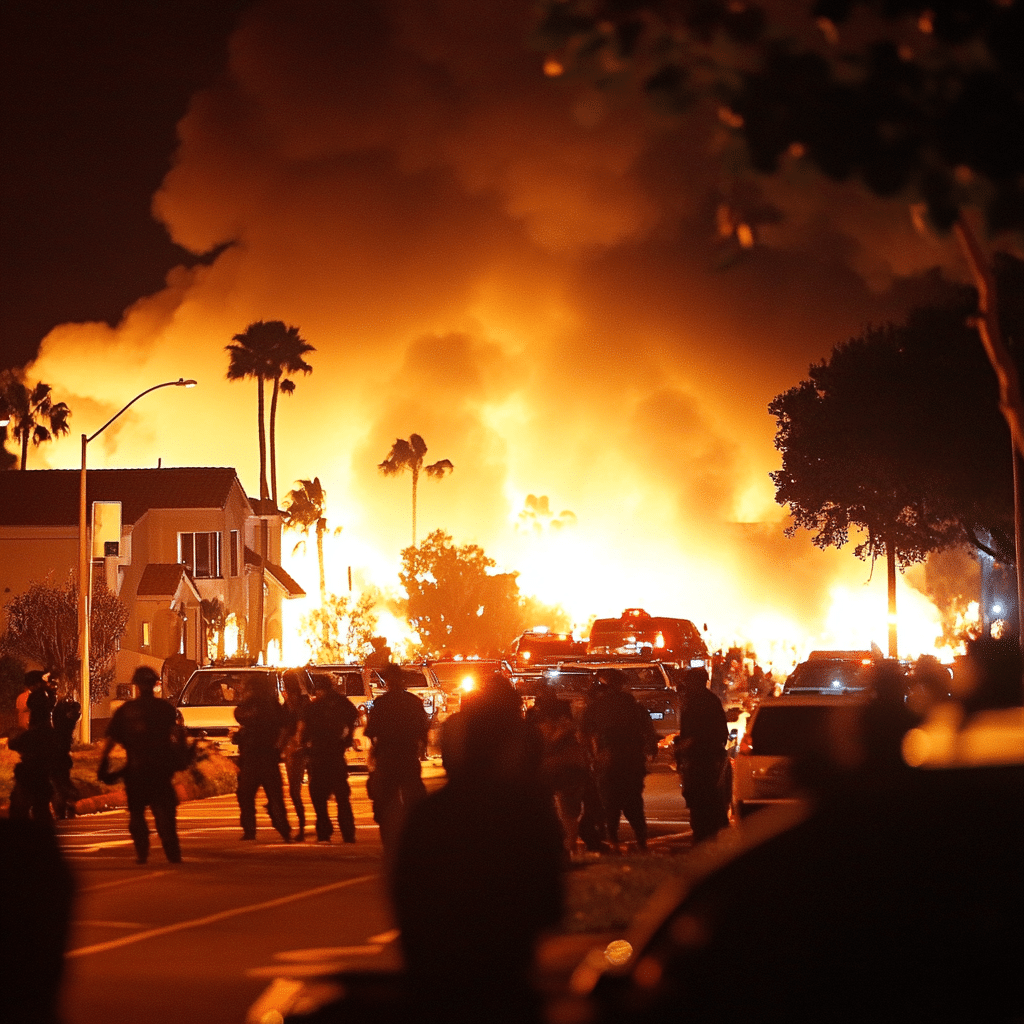
Understanding the 2014 Isla Vista Killings: A Tragic Event
On May 23, 2014, a horrific attack unfolded in Isla Vista, California, leading to a devastating loss of life. Six innocent individuals fell victim to the 2014 Isla Vista killings, with over a dozen others left injured. This senseless tragedy not only shook the small college community of the University of California, Santa Barbara (UCSB) but also ignited a nationwide conversation about mental health, gun violence, and the culture of misogyny that often lurks just beneath the surface of society.
The depth of the tragedy etched its mark into the collective memory of the nation. Families, friends, and the entire UCSB community were left grappling with the aftermath. In the days that followed, communities came together, holding vigils and memorials to honor the victims and demanding necessary changes to prevent such an event from recurring. As we peel back the layers of this shocking rampage, it’s essential to reflect on the multitude of factors that contributed to this catastrophic event.

7 Key Factors Surrounding the 2014 Isla Vista Killings
Elliot Rodger, the perpetrator, was a 22-year-old grappling with a tumultuous history. Reports highlight his struggle with mental illness, feelings of isolation, and deep-rooted anger towards women. His disturbing online manifestos revealed his frustrations and hostility, leading mental health experts to examine how societal pressures can intertwine with psychological struggles to create a perfect storm for violence.
Rodger’s online presence reveals a critical point of concern. Platforms such as YouTube and forums like PUAHate.com served as breeding grounds for toxic masculinity and calculated radicalization. His chilling videos not only forecasted the tragedy but also echoed a broader cultural narrative that intertwines gender dynamics with aggression and entitlement. As discussions around gun violence and misogyny resurface, the role of social media remains a pivotal aspect of ensuring safer digital environments.
The victims encompassed a diverse range of backgrounds, showcasing the random and indiscriminate nature of violence. Among those killed were students like George Chen and Katherine Breann Cooper, whose lives were tragically cut short. This prompted the Isla Vista community to come together in a powerful display of solidarity, emphasizing the tragic loss while calling for enhanced mental health resources and anti-violence initiatives on campuses nationwide.
In the wake of the 2014 Isla Vista killings, California witnessed a surge in legislative efforts aimed at reforming gun control measures and improving mental health care access. Advocates called for stronger background checks and limitations on firearms, emphasizing the importance of taking comprehensive approaches to tackle mental health issues and prevent violence. These bold legislative moves underscored a shared commitment to addressing potential crises long before they escalate.
Perhaps one of the most chilling outcomes of the Isla Vista tragedy was the renewed attention on the so-called ‘involuntary celibates’ or incels. This dangerous ideology fosters male resentment and hostility towards women, raising provocative questions about how society can combat such harmful narratives. Addressing the loneliness and rejection felt by many remains vital to preventing similar tragedies in the future, as supportive societal networks can serve as crucial lifelines for those struggling.
The media’s portrayal of both the shooter and his victims raised ethical questions around sensationalism. Rather than glorifying the perpetrator, many argue that the focus should shift towards systemic issues and the importance of holistic prevention strategies. This discourse emphasizes the responsibility of the media to foster supportive conversations around mental health rather than perpetuating harmful stereotypes.
In honor of those lost in the 2014 Isla Vista killings, initiatives such as the UCSC Isla Vista Memorial have been established. These organizations aim to keep the memory of the victims alive while providing ongoing support to their families. Through scholarships and community programs, advocates hope to create a legacy that embodies the notion of “never again.”
Unpacking the Legacy: Ongoing Dialogue and Future Directions
The 2014 Isla Vista killings uncovered serious issues that reach far beyond individual acts of violence. They force society to confront profound truths about misogyny and mental health, spotlighting the pressing need for comprehensive strategies that blend education, community outreach, and policy reform. The discussions that surfaced from this tragedy remain pertinent as we edge into 2024 and beyond.
Cities like Bullhead City, AZ, also face challenges such as extreme weather events, underscoring the necessity for community resilience. Similar to the conversation on gun violence, these environmental pressures beckon us to take collective measures to prepare and support each other in various crises. As ongoing debates swirl around climate change, rising temperatures akin to Death Valley serve as a stark reminder of our vulnerabilities and the need for compassionate community support.
As we forge ahead, it’s essential to focus on proactive measures that promote connection and foster healthy dialogues. In fields ranging from competitive sports, as seen in events like the Wells Fargo Championship or the excitement surrounding Grand Canyon basketball, to community wellness initiatives, we must weave conversations about mental health and supportive networks into the fabric of our society. By addressing the underlying issues that provoke violence, we can honor the memories of the Isla Vista victims through meaningful change. Through education and understanding, communities can work toward a future free from tragedies like the 2014 Isla Vista killings.
2014 Isla Vista Killings: Shocking Rampage and Its Impact
A Glimpse Into the Tragedy
The 2014 Isla Vista killings shook communities to their core, raising questions about mental health and gun control. On that fateful day, a series of attacks, instigated by Elliot Rodger, took the lives of six individuals, sparking a national conversation. Interestingly, this tragedy appeared amidst various cultural trends; for example, many fans were glued to their screens binge-watching episodes of shows like Call The Midwife Season 12 during that time. Pop culture can sometimes serve as a comfort during tumultuous periods, albeit a distraction from sobering realities like the effects of violence.
Unraveling the Aftermath
In the aftermath of the Isla Vista shootings, numerous campaigns emerged to advocate for change, reflecting a broader societal movement. Much like how Edgar Ramirez has taken on impactful roles in film to highlight crucial issues, activists began addressing mental health awareness and gun control laws with renewed vigor. Did you know that the population of Kansas City saw a significant increase during the same year, emphasizing urban growth trends amid the backdrop of social challenges? The connection between societal issues and local demographics paints a fuller picture of the environment where tragedies like the 2014 Isla Vista killings occur.
Cultural Reflections
The impact of the Isla Vista killings rippled through various facets of society, even inspiring creative works across media. For instance, characters like Omni-man in comics were re-evaluated in light of the growing fascination with complex heroism and villainy, reflecting how audiences wrestle with notions of morality after such tragedies. Meanwhile, in lighter entertainment avenues, kids’ shows like Gash Bell continued to air, perhaps showing that even in dark times, laughter and imagination remain invaluable. Meanwhile, the food industry, like the recipes from McDonald’s Nutrition Facts, faced scrutiny regarding societal health concerns, highlighting the interconnectedness of dietary choices and mental well-being.
The 2014 Isla Vista killings remind us of the urgent need for dialogue about mental health and societal safety. Just like how fans revisit beloved Apple Movies, communities must revisit and reflect upon these events to inspire change.




